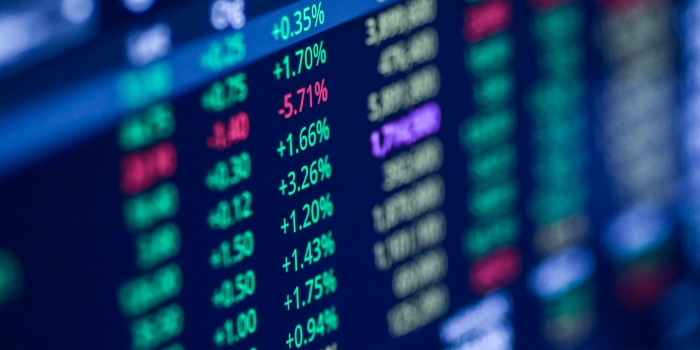What’s A High Yield Savings Account
Banking
You can save more money just by putting your money in a certain type of account. See how it works.

So you want to start saving your money. Well, sometimes, it can feel a bit overwhelming to figure out which savings option is best for you with all of the offers out on the market.
One option that you should heavily consider is a high-yield savings account. We will work through the ins and outs of how this type of savings fund can get you a bit more bang for your buck than a standard savings account.
What Is a High-Yield Savings Account?
First, it's important to understand exactly what a high-yield savings account actually is. Traditionally, this account will pay you 20 to 25 times more dividends than a standard savings account. Oftentimes, these accounts don't charge monthly fees, and you will have access to your funds to make transfers and deposits like traditional savings.
The one catch, however, is that high-yield accounts are typically only offered at online-only banks. Since the inception of these banks just a few years ago, a battle has begun between banks to provide the most appealing APY (annual percentage yield). In turn, high-yield savings accounts were created to attract more consumers to financial institutions.
If you bank at a brick-and-mortar institution or a small, local bank, you may not have these types of accounts readily available. You may have to look beyond the bank or credit union that currently holds your money to find yourself the best APY out there.
Reasons to Open a High Yield Savings Account
1. You'll Earn More Dividends
The biggest appeal to a high-yield savings account is that you'll earn more dividends on your money than regular savings account that financial institutions often offer. Dividends are defined as "a sum of money paid regularly by a company to its shareholders out of its profits (or reserves)." Essentially, this is the amount of money your balance earns at the end of each month. Most standard savings accounts will hold an APY between 0.01% and 0.10%. However, you can easily find a high-yield account that will have between 0.50% and 1.0% earning potential on your funds. Let's take a look at how this will make a difference over a few years:
In this example, you'll open up a high-yield account with $100 at an APY of 0.70%, and from there, you will contribute $100 per month over five years. At the end of those five years, you will have contributed a total of $6,100 to the account (opening balance + monthly contributions). But, the ending balance would be $6,211.55. That is more than $100 extra in your pocket that you didn't have to contribute! If we take that same scenario except change the APY to 0.05%, your ending balance would be $6,107.88. The numbers only go up the more money you contribute.
2. Your Funds Are Protected
When shopping for a high-yield savings account, make sure you're checking that the financial institution has the proper credentials for protecting your funds. For the most part, a bank will be insured by the FDIC (Federal Deposit Insurance Corporation), and a credit union will be insured by the NCUA (National Credit Union Administration). So what does that mean for you? Well, if the financial institution you're banking with ends up going under or runs out of funds, you're still guaranteed your funds up to a certain amount. Typically, that amount is $250,000 for a single account or $500,000 for a joint. Be sure to check the specifics of your financial institution when opening up an account and look for the FDIC or NCUA certification.
If you want a low-risk option compared to investing, where your funds aren't protected, this is where a high-yield savings account will shine.
3. You'll Be Saving
Not to state the obvious, but a huge appeal of opening up a high-yield account is the simple fact that you'll be saving funds for your future, whatever that looks like. No matter how big or small your regular contribution is, the important thing is that you're just savings funds. Whether it's for an emergency fund, a home, tuition, or whatever your financial goals are, savings funds can set you up for success.
Additionally, if you end up opening a separate high-yield account at a different institution where it is not attached to your checking account, your funds will be a bit more out of reach. This means that you won't easily access those funds for extra purchases you may not need, increasing your savings. But keep in mind that you'll still have access to these funds if you absolutely need to take money out.
A good rule of thumb for your savings is contributing 20% of your after-tax income to savings (this is part of the 50/30/20 rule). Keep in mind that Monorail can separate your deposits and file funds into different savings goals.
The Bottom Line
There are a lot of account options out there to place your funds in. You must understand all of the available options to determine which option is best for your financial situation. A high-yield savings account may be a more advanced way to bank, but it may benefit you, depending on your situation.
If you’re just starting out, see how apps like Monorail can help you save to get you rolling on your journey.
Stay in the Know!
Subscribe to our exclusive mailing list.
America's
Investment App
More Posts
More like this
Stay in the Know!
Subscribe to our exclusive mailing list for news and updates.


.jpg)
















